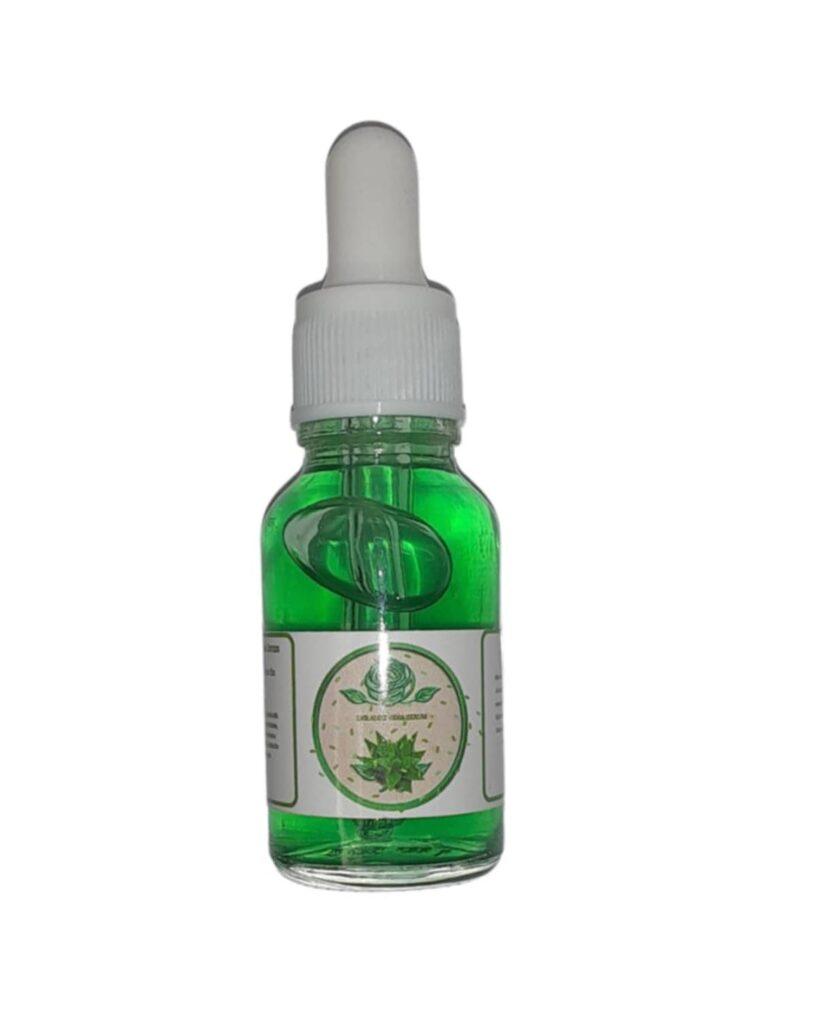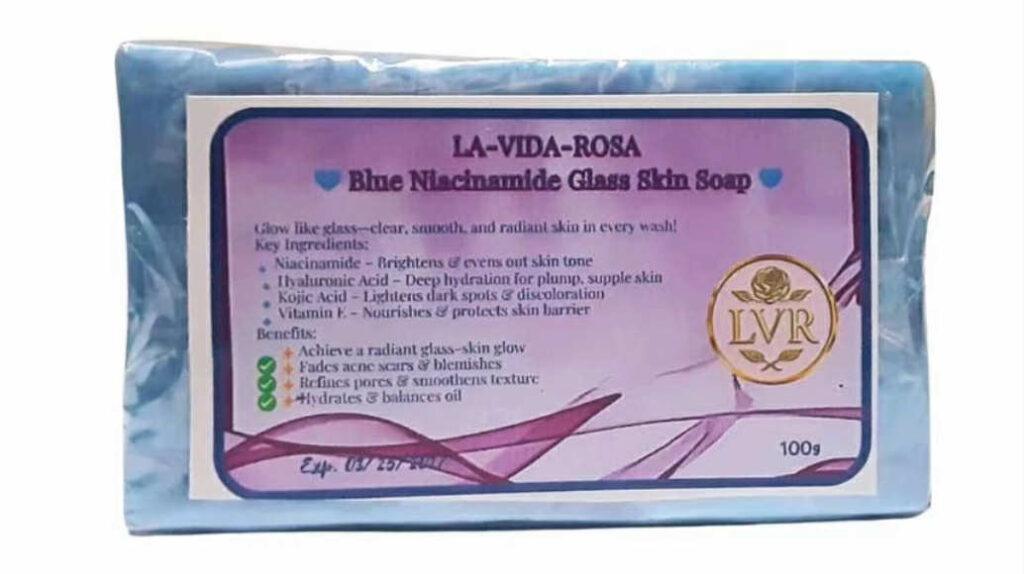Identifying skin types is crucial for effective skincare because it allows you to choose products and routines tailored to your skin’s specific needs, preventing potential problems and promoting a healthy, radiant complexion. Different skin types react differently to various treatments, and using the wrong products can lead to irritation, dryness, oiliness, or other issues.
Skin Types:
- Oily: Skin appears shiny all over, prone to breakouts and enlarged pores.
- Dry: Skin may feel tight, flaky, or rough, with visible dry patches.
- Combination: Oily T-zone (forehead, nose, and chin) with normal or dry cheeks.
- Sensitive: Skin easily reacts to products, becoming red, itchy, or irritated.
- Normal: Skin is balanced, not too oily or dry, with few visible pores.
A basic skincare routine consists of cleansing, toning, moisturizing, and sun protection, but the specific products and their order should be tailored to your skin type. For example, oily skin might benefit from a foaming cleanser and lightweight moisturizer, while dry skin may need a creamy cleanser and a richer moisturizer. Sensitive skin requires gentle, fragrance-free products.
General Skincare Routine Steps:
- Cleansing: Removes dirt, oil, and makeup. Use a cleanser suitable for your skin type.
- Toning: Balances skin’s pH and preps it for other products.
- Treating: Serums and targeted treatments like retinoids or acne spot treatments.
- Moisturizing: Hydrates and protects the skin’s barrier.
- Sun Protection: Essential for all skin types to prevent sun damage.
(Sample Product you can use for your skincare routine)




Is 4 serums too many?
Keep It Simple: It’s best to layer no more than two serums at a time. Too many layers can possibly prevent the ingredients from absorbing as effectively. Thin to Thick: Layer by lightest to thickest consistency.

Morning Routine:
- Cleanser: Gently cleanses the skin.
- Toner: Balances and preps skin.
- Serum: Addresses specific skin concerns like hydration or anti-aging.
- Moisturizer: Hydrates and protects.
- Sunscreen: Protects from UV damage.
Evening Routine:
- Makeup Remover (if needed): Removes makeup and impurities.
- Cleanser: Cleanses the skin.
- Toner: Balances and preps skin.
- Serum/Treatment: Targets specific concerns like acne or wrinkles.
- Eye Cream: Addresses the delicate eye area.
- Moisturizer: Hydrates and repairs skin overnight.
Tips for Different Skin Types:
- Oily Skin:Use a foaming or gel cleanser, lightweight moisturizer, and avoid heavy oils. Consider using a toner with salicylic acid to help control oil and exfoliate.
- Dry Skin:Use a creamy, hydrating cleanser, rich moisturizer, and consider using a hydrating serum. Avoid harsh scrubs and alcohol-based toners.
- Combination Skin:Use a gentle cleanser and balance your routine by using a lightweight moisturizer on the oily areas and a richer one on dry areas.
- Sensitive Skin:Opt for fragrance-free, gentle products and introduce new products one at a time to assess tolerance. Consider using a hydrating serum and a barrier-repairing moisturizer.
- Normal Skin:Can use a variety of products, but it’s still important to cleanse, moisturize, and protect from the sun.
Importance of identifying skin types
- Targeted Skincare:Understanding your skin type (oily, dry, normal, combination, or sensitive) enables you to select products designed to address its unique characteristics. For example, oily skin benefits from lightweight, oil-free products, while dry skin needs richer, more hydrating formulas.
- Preventing Problems:Using inappropriate products can exacerbate existing skin conditions or cause new ones. For instance, harsh cleansers can strip dry skin of its natural oils, leading to further dryness and irritation.
- Optimizing Results:When you choose products that align with your skin type, you’re more likely to see positive results, such as improved hydration, reduced breakouts, or a more balanced complexion.
- Personalized Skincare Routine:Knowing your skin type allows you to create a routine that effectively addresses your specific concerns and goals, leading to healthier, more radiant-looking skin.
- Informed Product Choices:Identifying your skin type empowers you to make better choices when selecting cleansers, moisturizers, sunscreens, and other skincare products, ensuring they are suitable for your skin.
REMINDER: Always perform a patch test before using a new skincare product.
Patch tests are crucial for identifying substances that cause allergic reactions, particularly in cases of allergic contact dermatitis. They help determine if a person is allergic to specific ingredients in products like skincare, cosmetics, or hair dyes, allowing for safer product usage. Patch tests can prevent severe allergic reactions, including anaphylaxis, by identifying potential allergens before they are widely applied.
Here’s why patch tests are important:
- Identify Allergens:Patch tests help pinpoint the specific substances that trigger allergic reactions, allowing individuals to avoid those allergens in the future.
- Prevent Allergic Reactions:By identifying potential allergens, patch tests can prevent allergic contact dermatitis and other allergic reactions from occurring.
- Ensure Safe Product Usage:Patch tests are especially important before using new skincare, cosmetic, or hair dye products to ensure the individual’s skin tolerates the product.
- Reduce Risk of Anaphylaxis:In cases of severe allergies, patch tests can help identify potential allergens that could trigger anaphylaxis, a life-threatening allergic reaction, allowing for preventative measures.
- Guide Product Selection:Patch tests provide valuable information for healthcare professionals to recommend safe products and advise individuals on avoiding allergens, promoting healthier skin.
- Assess Reactions to Medications:Patch tests can also be used to assess reactions to medications, helping identify potential drug-related allergies.
“Good skin comes to those who are ready to embrace it by being consistent and cautious about taking care of it.”
KEEP YOUR SKIN HEALTHY MGA KA-BEAUTY!



